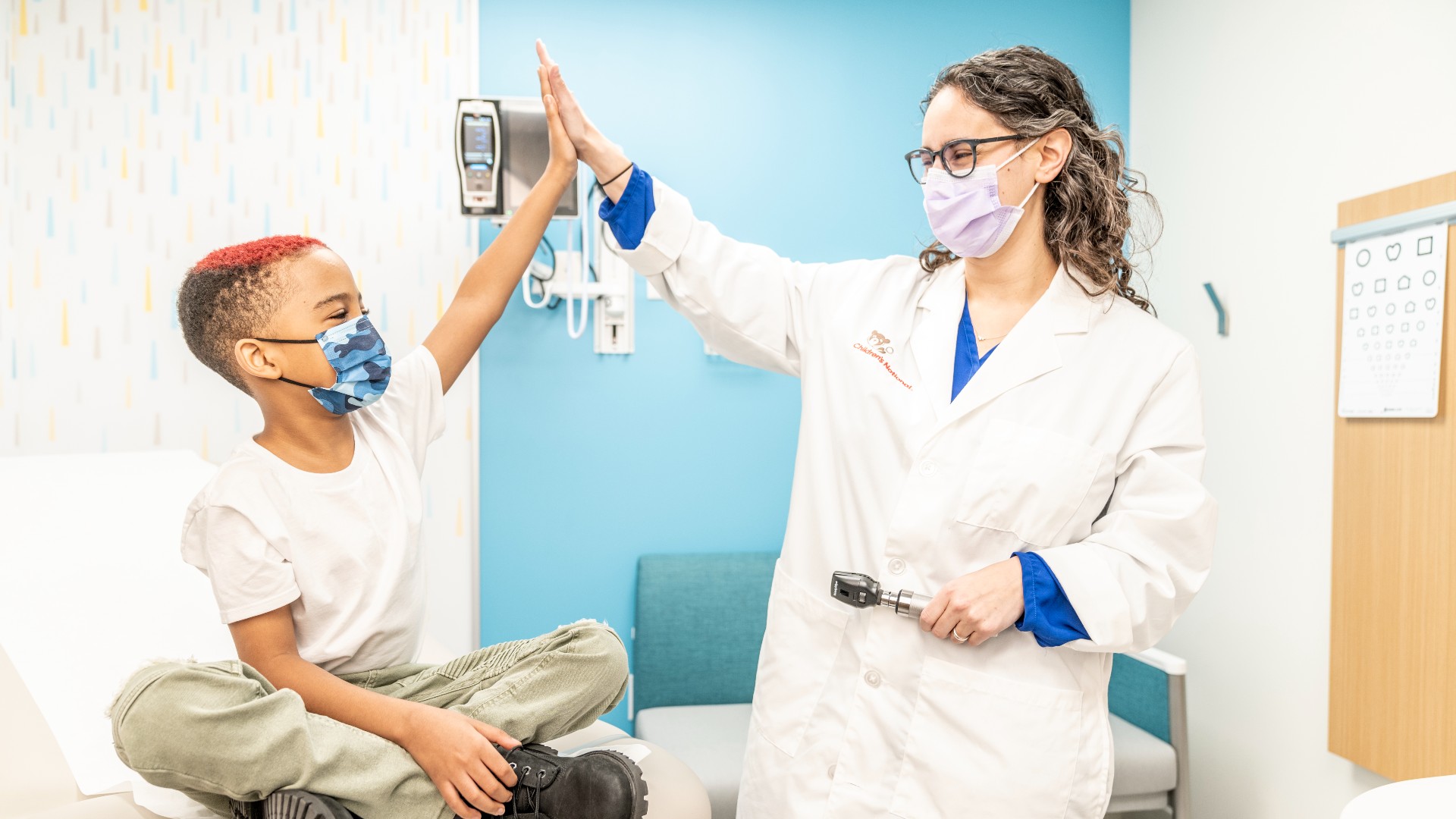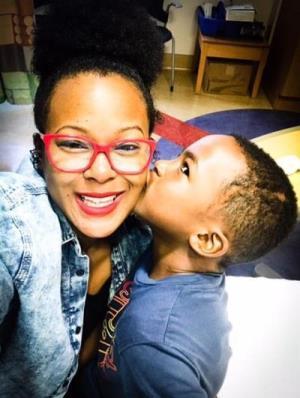Treatment
Infant Sickle Cell Program
Each year, 80 newly diagnosed infants with sickle cell disease are seen annually in our comprehensive Infant Sickle Cell Program. Our Infant Sickle Cell Program team of physicians, nurse practitioners, social workers, genetic counselors and development specialists provides education about the diagnosis, supportive care, and treatment options to families
What is Sickle Cell Disease?
Sickle cell disease affects many families; in fact one in 500 African-American children born in the United States will be diagnosed with sickle cell disease, making it the most commonly diagnosed disease in newborn screenings. Sickle cell disease is caused by a change in the genes for hemoglobin, which carries oxygen inside the red blood cells. This change causes the red blood cells to take on a sickle or crescent shape, which tend to clog small blood vessels, blocking blood flow and decreasing the amount of oxygen delivered to the tissues and organs, leading to the complications associated with sickle cell disease, like pain crisis, acute chest syndrome, and stroke.
What to expect:
When a family visits the Infant Sickle Cell Program, expect 10-15 minutes of education about sickle cell disease and common complications of the disease in young children. This is followed by 10-15 minutes of education about topics that are important to families of sickle cell patients. Topics include
- Hydroxyurea use
- Bone marrow transplantation
- What to expect in the emergency department
- How to interact with children to improve their development
- Genetics of sickle cell disease
- Research
Children’s National’s experts are constantly working toward better outcomes for sickle cell disease patients and families. Researchers participated in the Baby HUG study which examined risks and benefits of treating young children (9-18 months of age) with hydroxyurea, a medicine used to ease the complications of sickle cell disease. Follow-up Baby HUG studies are continuing to study these children to determine how hydroxyurea affects them. They are also working to understand more about the individual response to pain in order to create individualized pain plans for sickle cell patients and are studying bone marrow transplantation for children who don’t have a sibling match for transplant as well as ways to identify sickle cell infants who are the highest risks for complications later in life.

Sickle Cell Disease Treatment at Children's National Hospital
From dedicated pain clinics for older children to specialized infant sickle cell care, Children’s National delivers care and support to provide a sense of well-being and normalcy to children with sickle cell disease and their families. Discover more about the treatments we offer.


Help Kids and Make a Difference
Invest in future cures for some of life's most devastating diseases. Give today to help more children grow up stronger.

Meet the Providers Who Treat Infant Sickle Cell
Departments that Offer Infant Sickle Cell Program

Comprehensive Sickle Cell Disease Program
The Comprehensive Sickle Cell Program provides specialized care and treatment for sickle cell disease in babies, children and adolescents. Learn more about this department.




